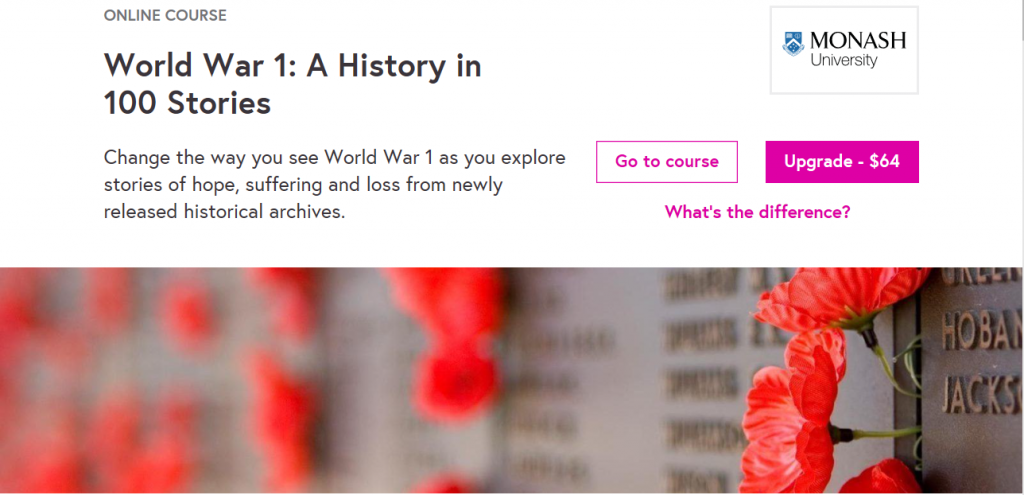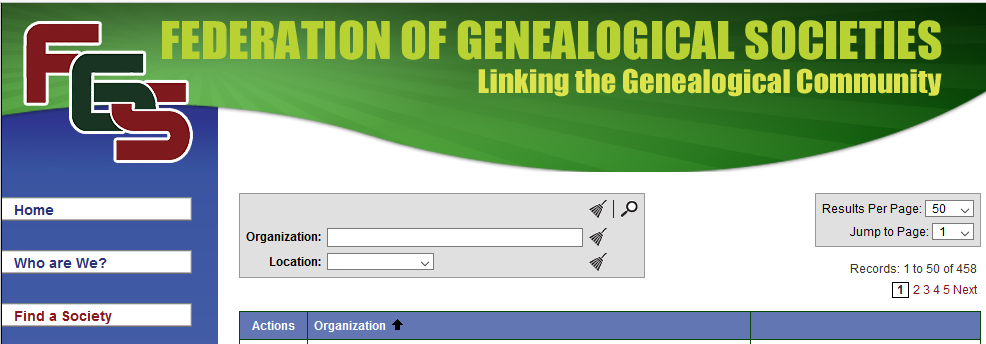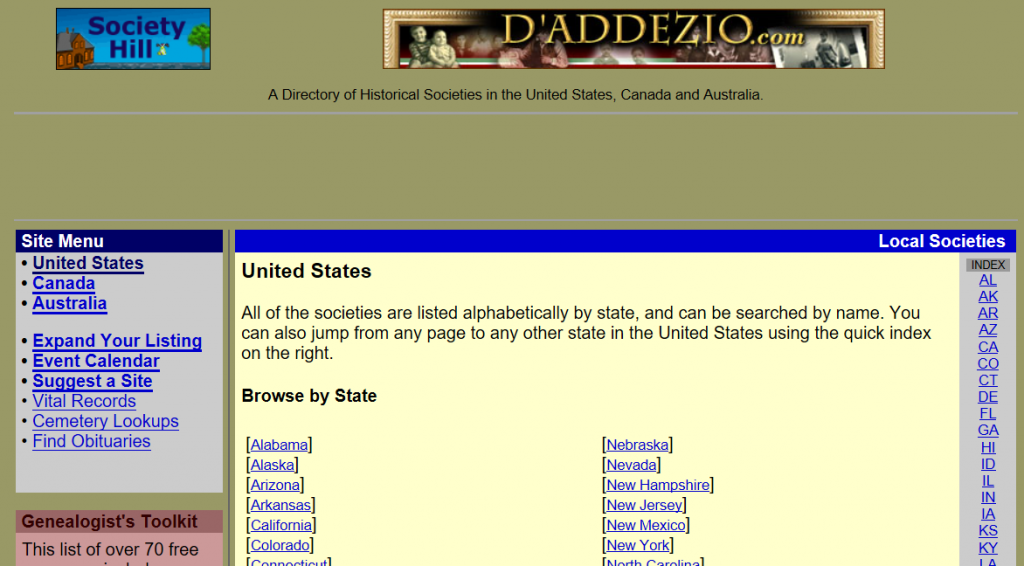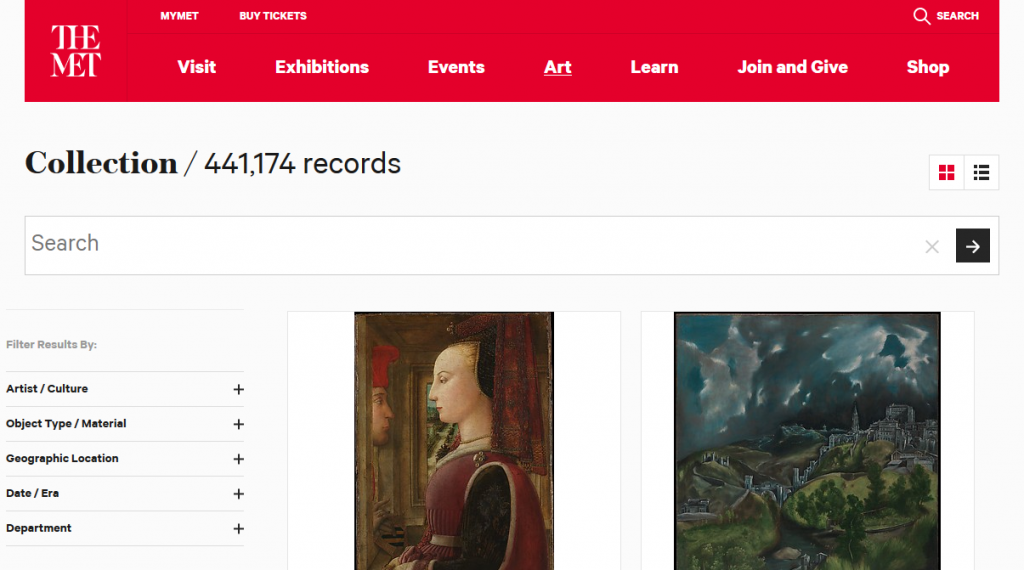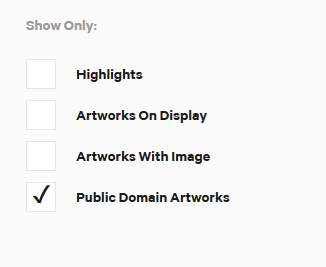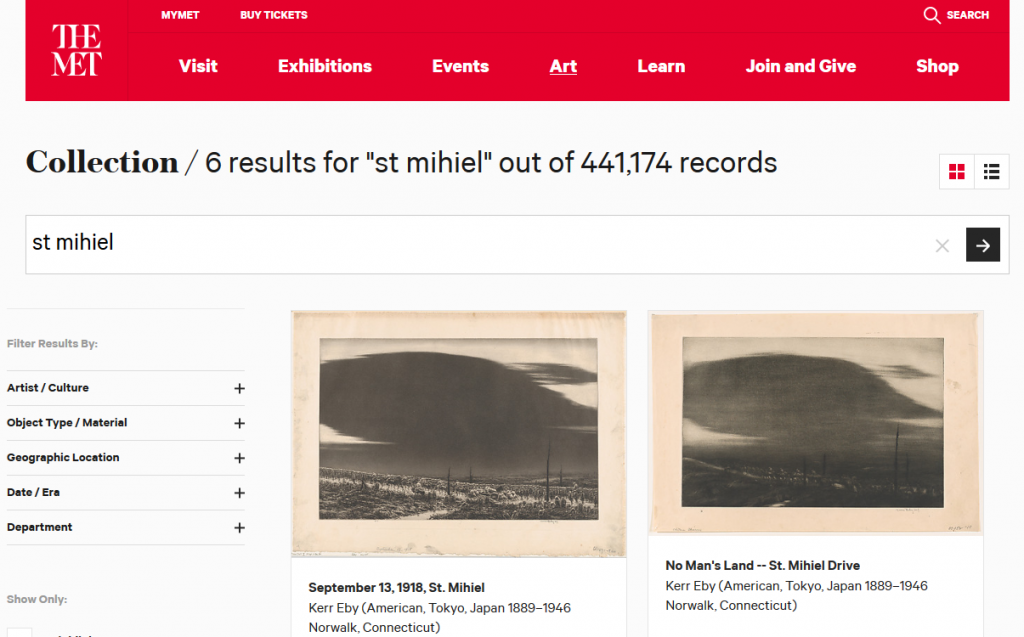Among Ancestry.com’s databases, are some really interesting ones that will help you to research your WWI ancestors. This post covers five of the United States databases.
1. Whether or not your ancestor fought in World War I, this is a go-to database for finding men between 18 and 45 years old. The information includes a man’s birth date and place, occupation, address, physical description, and the name and address of the next of kin. The information on these cards will not tell you if the ancestor served, but can help you to verify if the military records you find are for the same man.
This database was updated on 4/6/2017. I know it is hard not to just jump in and search, but make some time to read the helpful hints in the database description.
U.S., World War I Draft Registration Cards, 1917-1918
2. If your ancestor served, there may be an application for a military headstone. These applications include information about the military unit in which your ancestor served, which is key to continuing research into his military life.
U.S., Headstone Applications for Military Veterans, 1925-1963
3. Over ten percent of the soldiers who served in WWI were from New York State, making this is an important database for many researchers. New York state created these abstracts from the military records that were ultimately destroyed in the National Personnel Records Center fire in 1973. They contain information about service organization(s) with assignment dates and transfers, ranks and promotion, dates of oversea service and injuries These cards typically had a front and a back, so be sure to select the next page to see the back of the card (if it is included). You can even find female ancestors in this database.
New York, Abstracts of World War I Military Service, 1917-1919
4. This database contains records for officers in the New York National Guard. It contains cards for the officers, and it contains more than WWI records. According to the database description, there may be cards for some Non-Commissioned Officers and Enlisted personnel, but I have yet to find any.
New York, Military Service Cards, 1816-1979
5. If you had a Jewish soldier, The American Jewish Committee (AJC) Office of Jewish War Records sent out surveys to soldiers that were assumed to be Jewish to the service of Jews in the American armed forces. Be sure to look at the pages after the questionnaire in case supporting documents were included.
U.S., WWI Jewish Servicemen Questionnaires, 1918-1921
Searching the Card Catalog for keywords “WWI” will bring up more databases, including British and U.K. records. Searching for “World War I” brought up records for both WWI and WWII.



